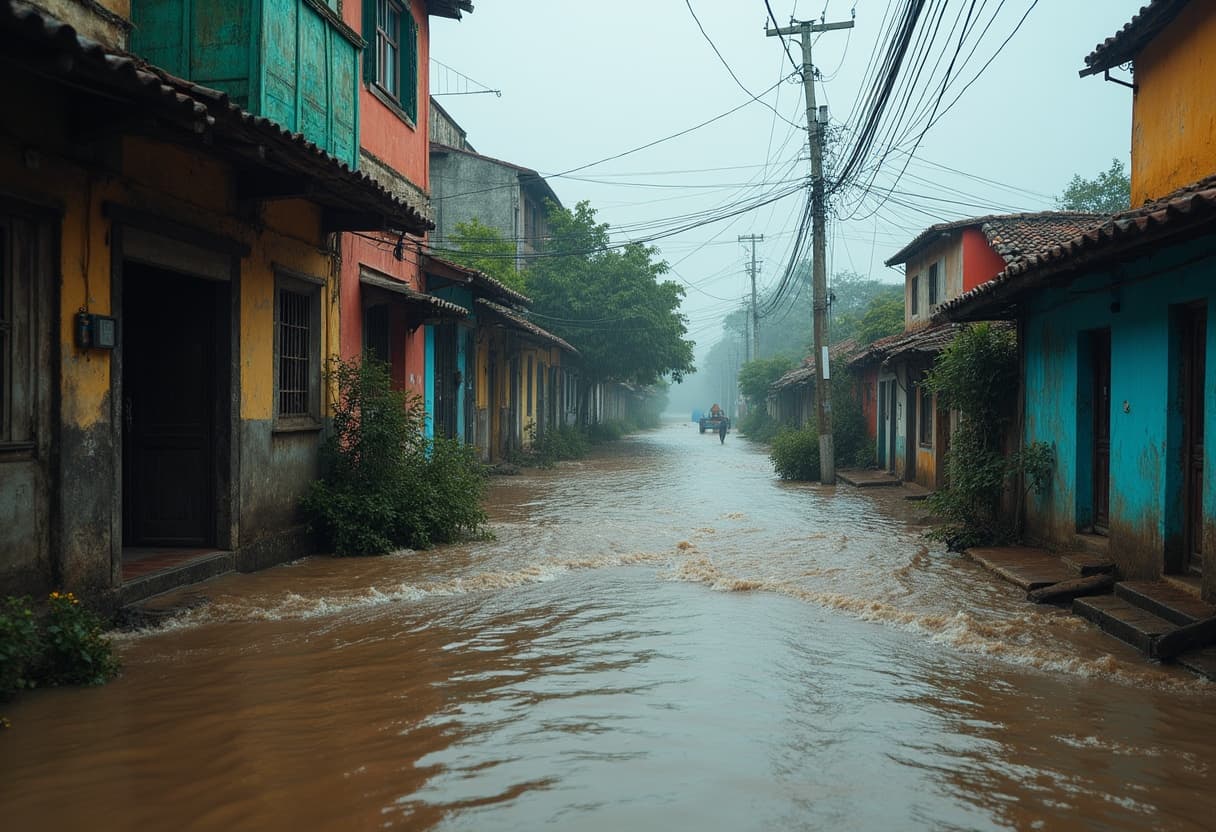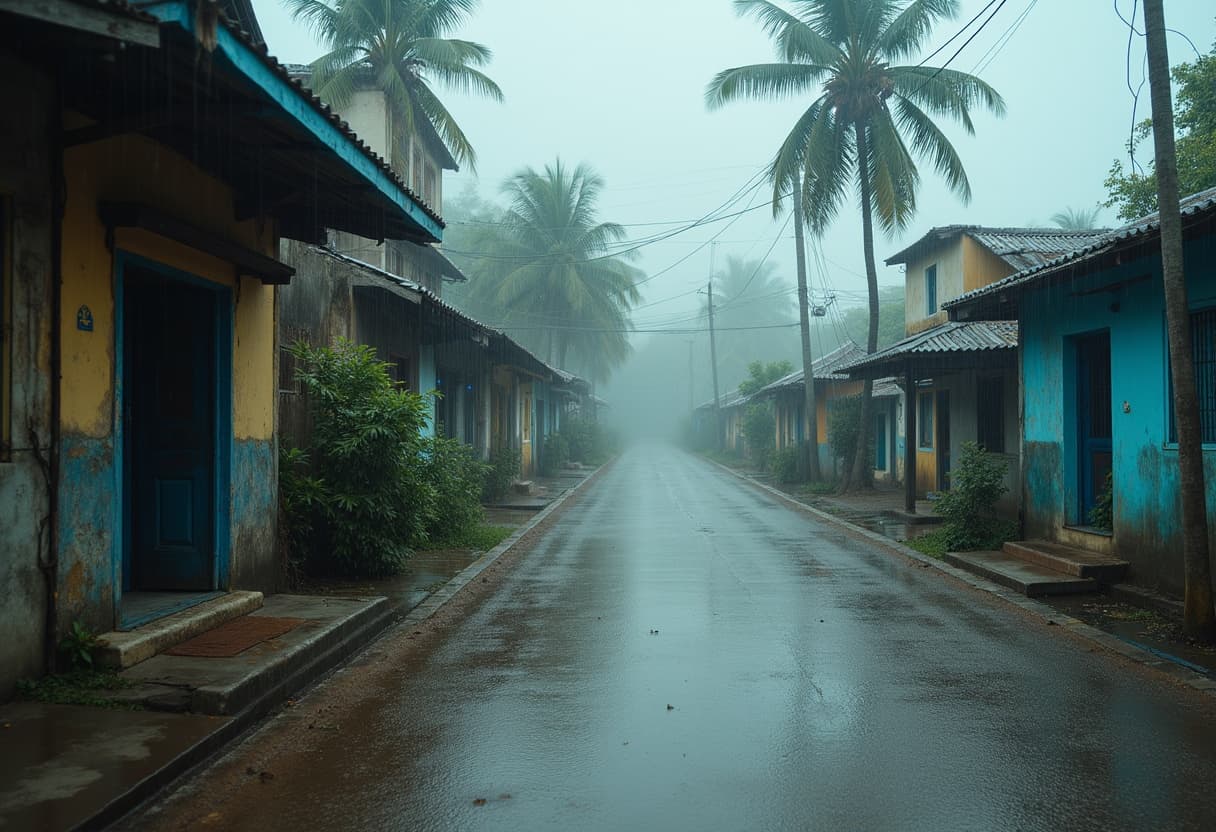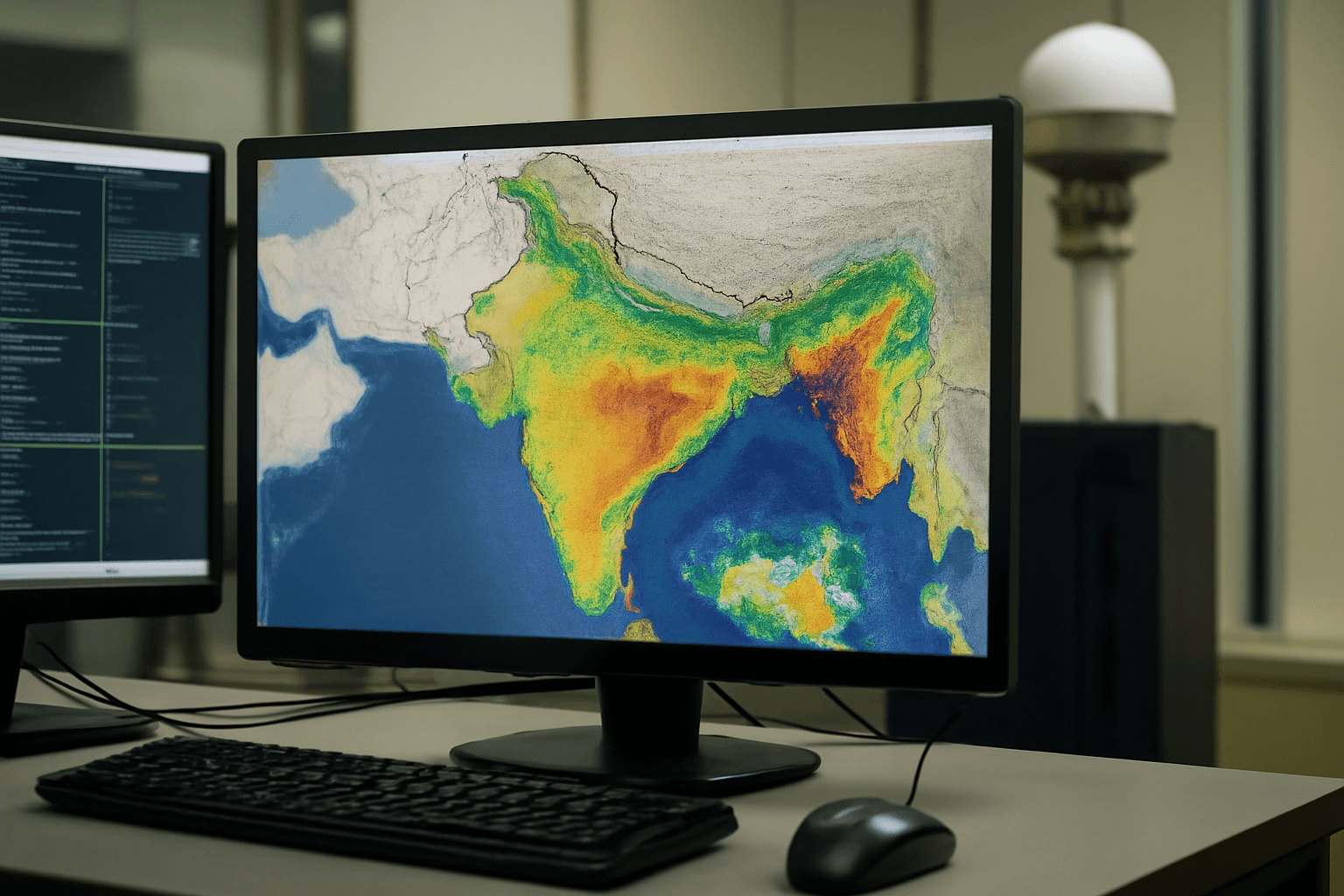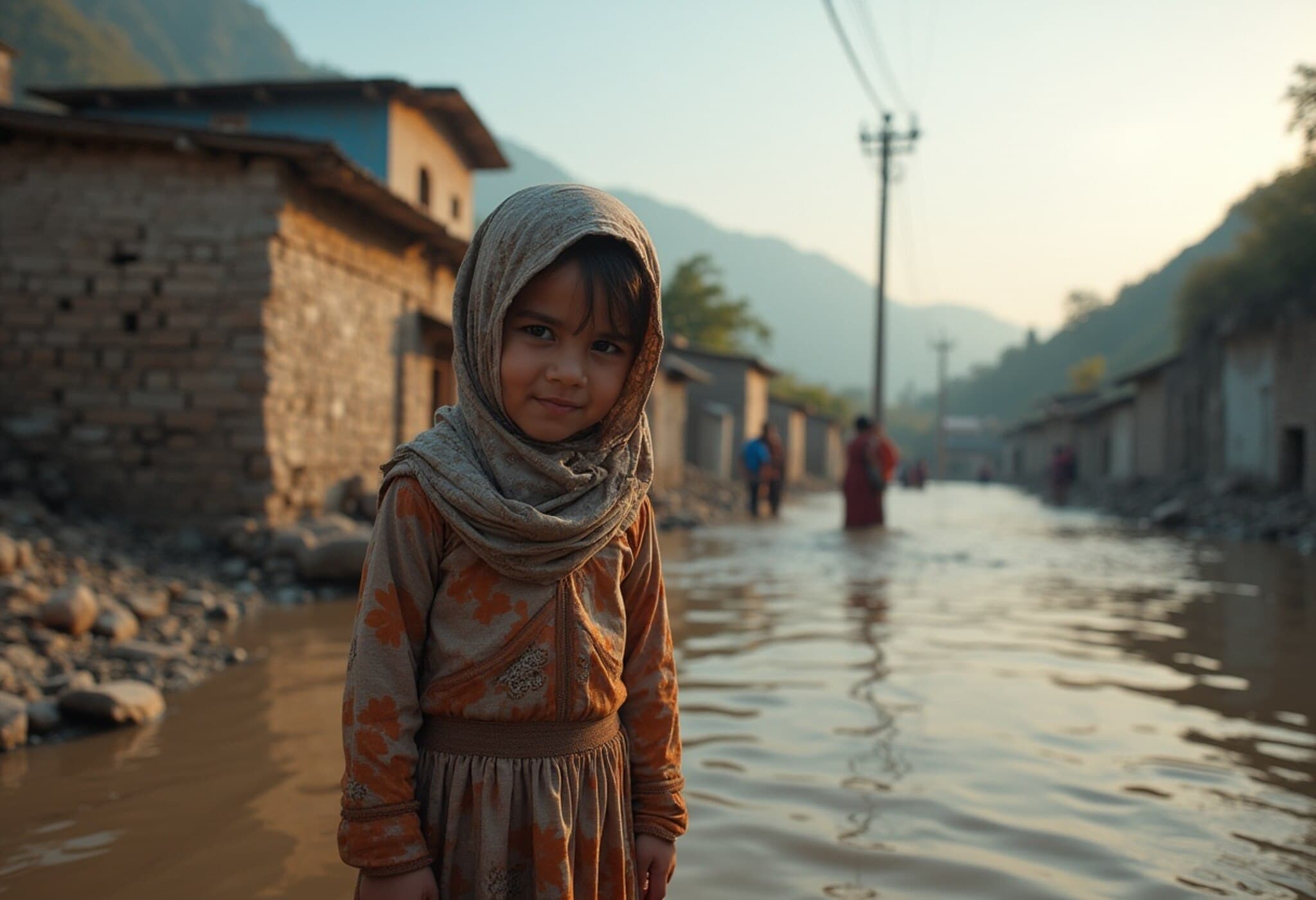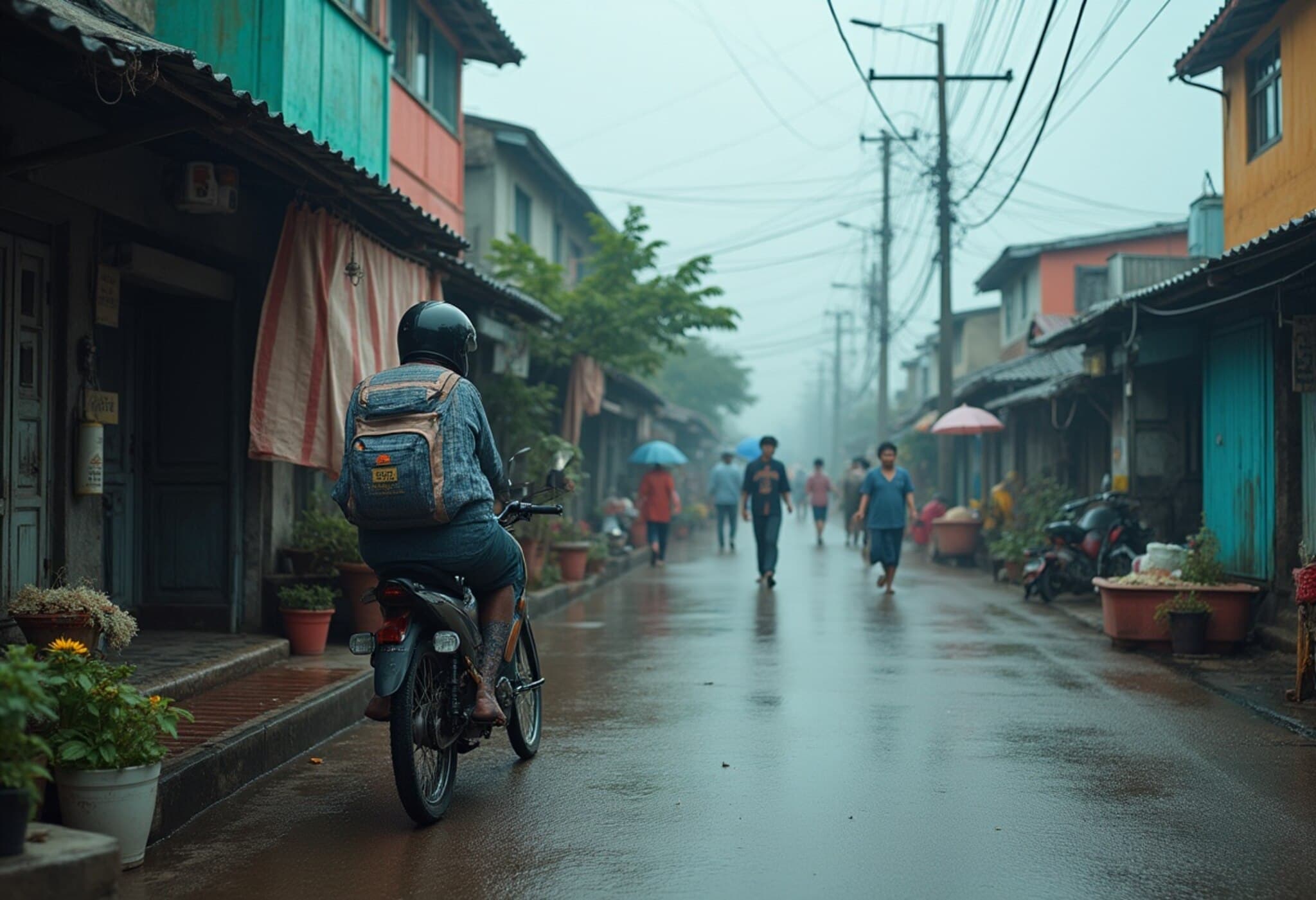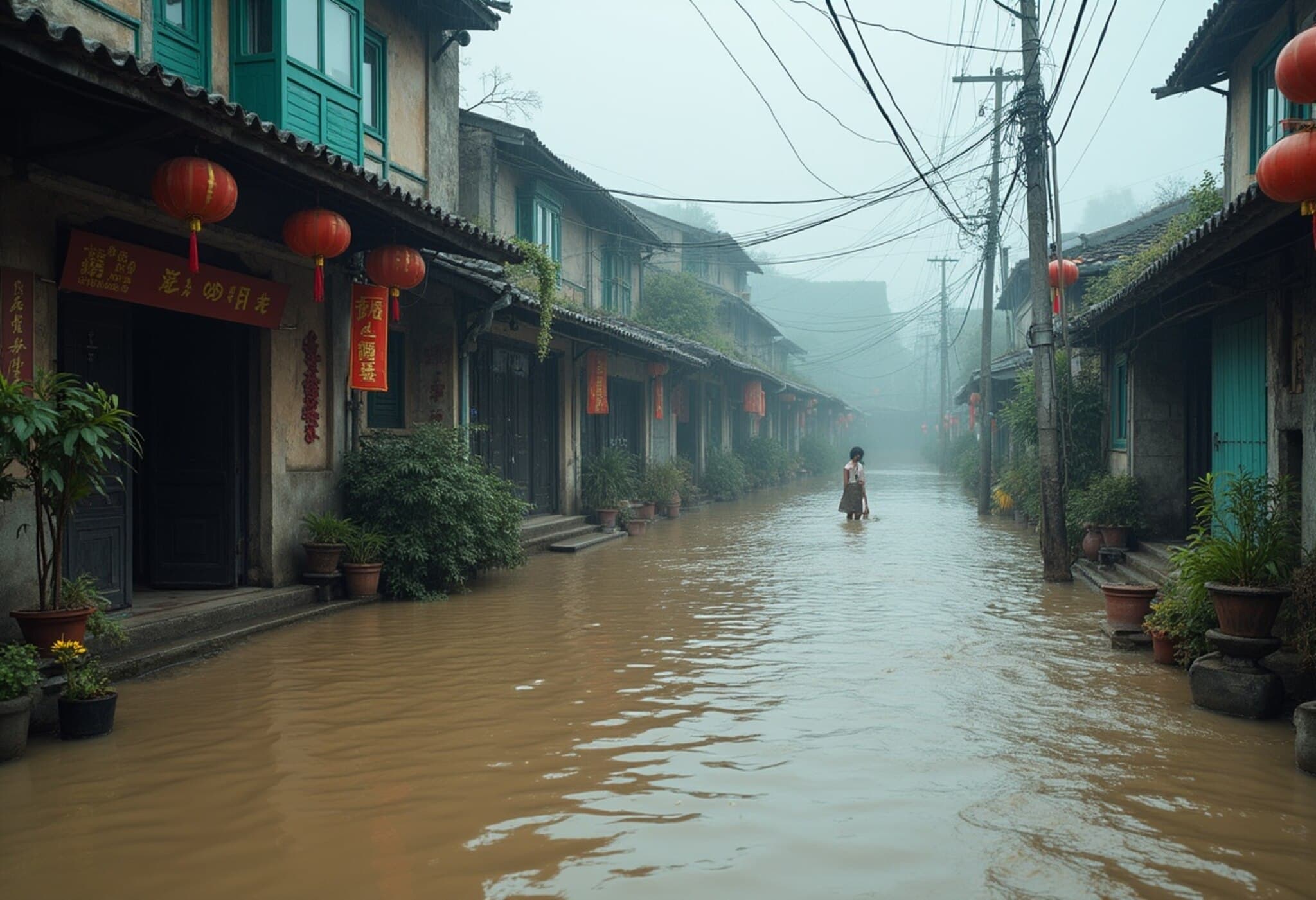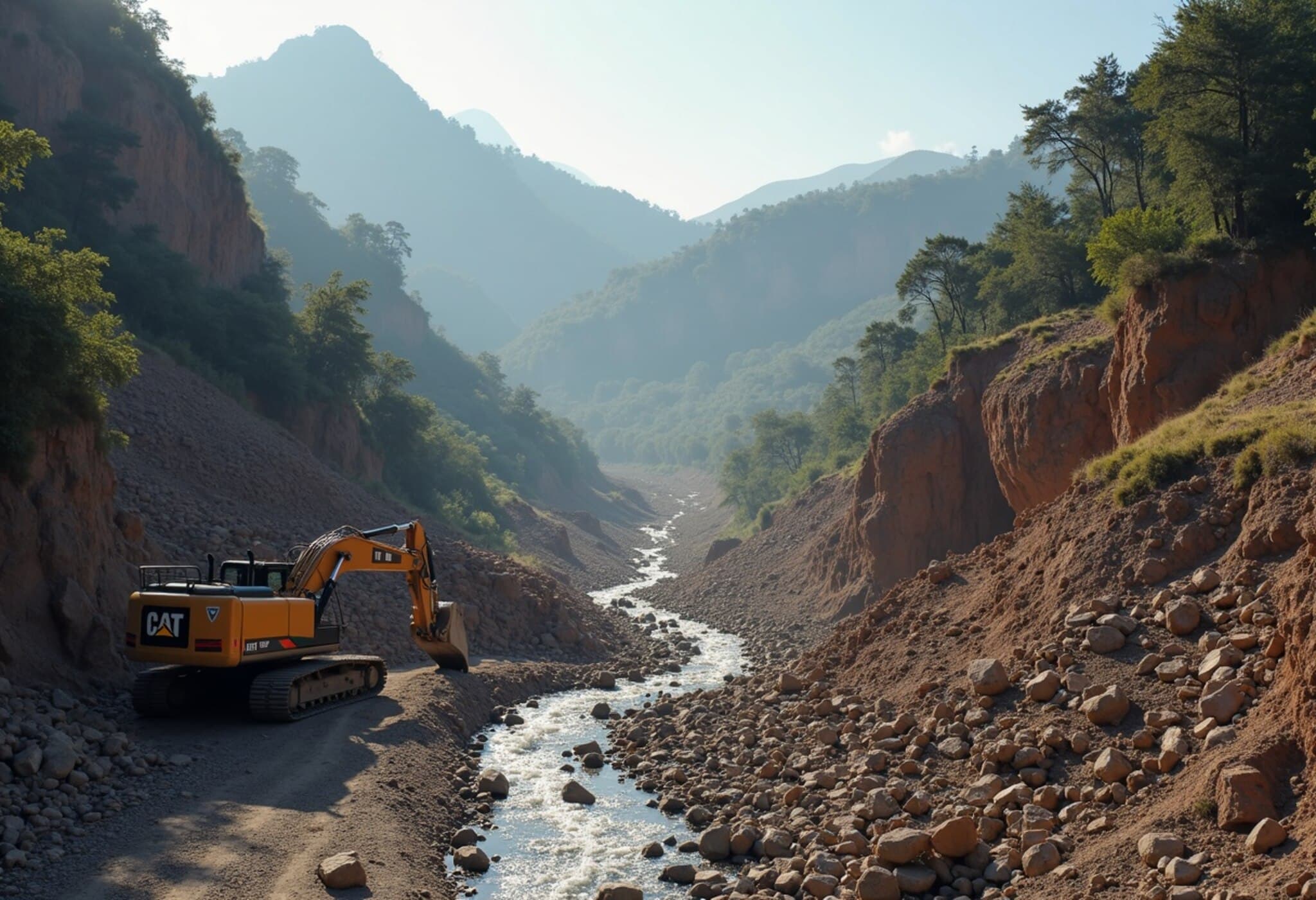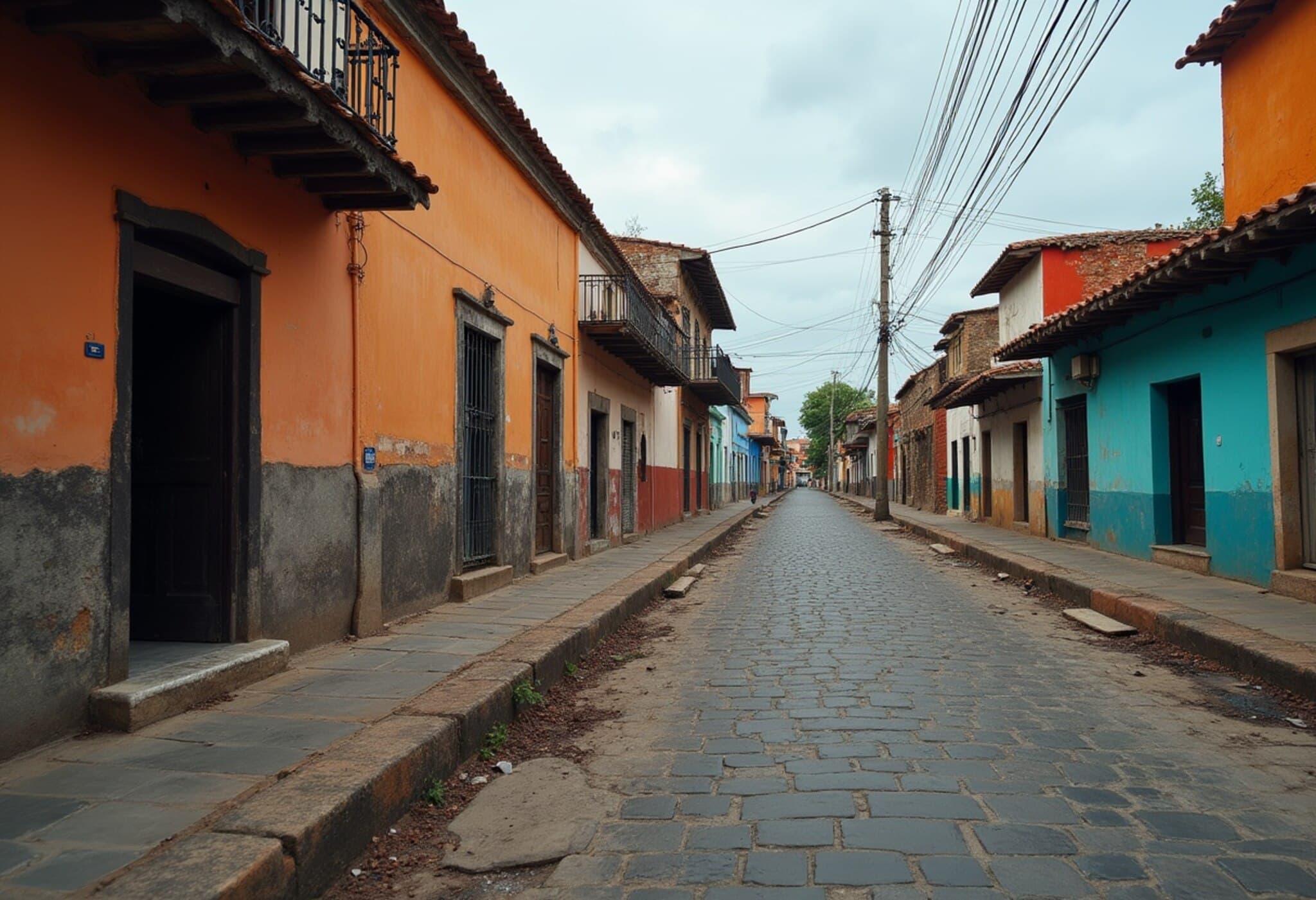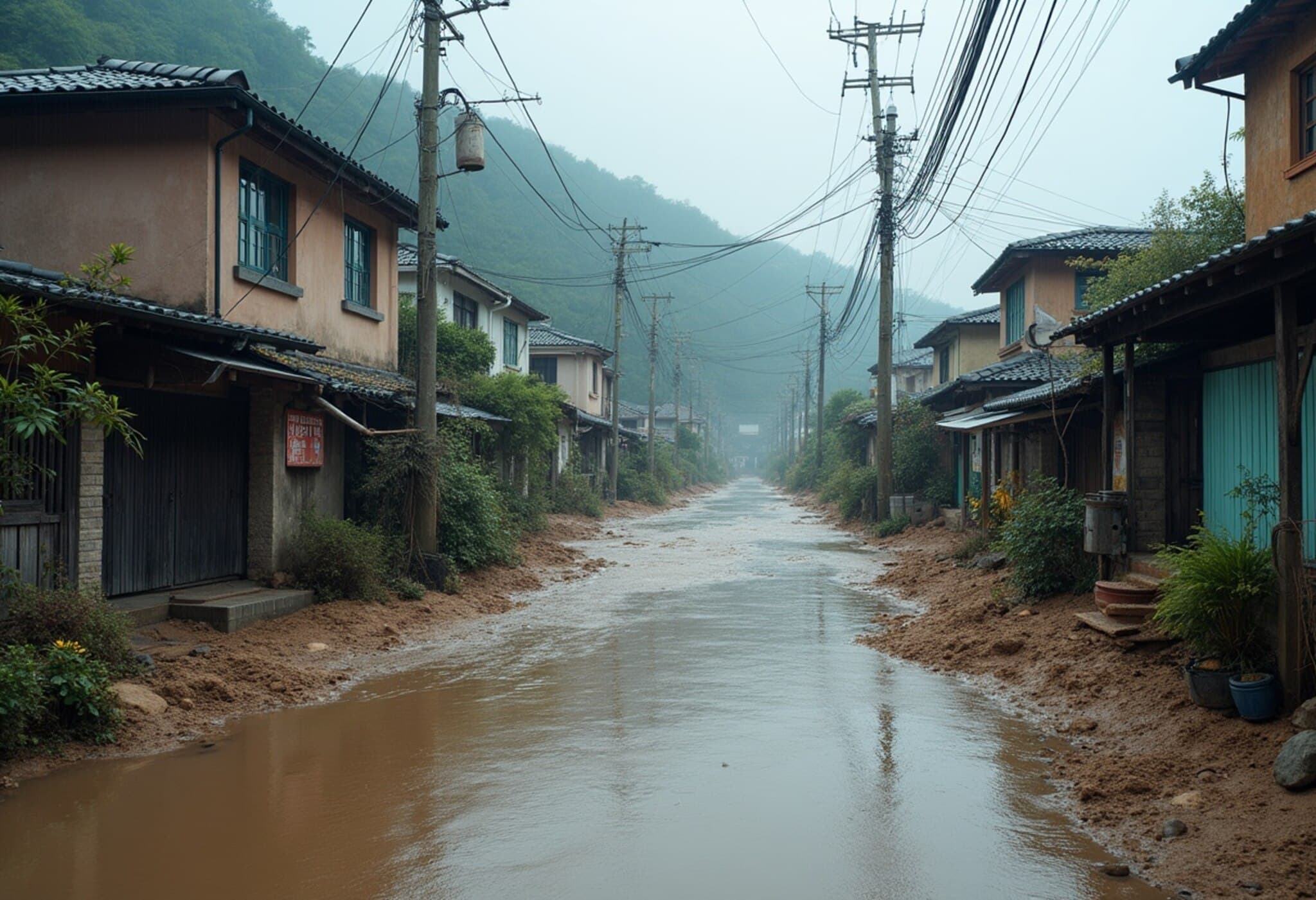Deadly Floods and Landslides Ravage Mexico: At Least 27 Lives Lost
In the wake of a brutal onslaught of heavy rains, Mexico confronts a devastating natural disaster that has claimed the lives of at least 27 people across multiple states. The torrential downpours, driven by remnants of a post-tropical cyclone and an active tropical storm off the Pacific coast, have unleashed widespread flooding and destructive landslides that damaged thousands of homes, compromised critical infrastructure, and plunged entire communities into darkness.
Tragedy Spreads Across Key States
The states of Hidalgo and Puebla, located to the north and east of Mexico City respectively, bore the brunt of the disaster. In Hidalgo alone, 16 fatalities have been confirmed, with eight individuals still unaccounted for amid ongoing search and rescue efforts. State Interior Secretary Guillermo Olivares Reyna disclosed that the calamities have left many residents displaced and communities isolated.
Puebla’s Governor Alejandro Armenta reported nine deaths linked to a catastrophic landslide that tragically buried numerous homes. Authorities continue to probe the extent of the damage as they search for survivors beneath the rubble. Meanwhile, fatalities in Veracruz and Querétaro further expanded the tragedy: a university student in Veracruz and a young child in Querétaro lost their lives, underscoring the indiscriminate nature of the disaster.
Infrastructure and Power in Crisis
Mexico’s power grid suffered severely, with over 320,000 users losing electricity as fierce winds and flooding damaged transmission lines. President Claudia Sheinbaum reassured the public through social media that government teams are actively working to restore power, reopen blocked roads, and provide support to affected communities. The storm has also critically impacted transportation networks, damaging at least two vital bridges and disrupting over 600 miles of federal highways spanning five states.
Massive Emergency Response Effort
The government has mobilized an extensive response, deploying thousands of troops from the Army, Navy, Air Force, and National Guard. The Navy reported over 900 evacuations conducted by 3,300 deployed personnel, with the broader military force exceeding 5,400 members actively assisting with rescues, debris clearance, and humanitarian aid.
- Hidalgo: Classes suspended; damage to 1,000+ homes, 308 schools, and 59 hospitals.
- Veracruz: 5,000 homes damaged; severe road landslides and flooded streams.
- Puebla and Querétaro: Multiple casualties and extensive infrastructural impacts.
Broader Implications and Future Risks
The ongoing atmospheric disturbance is forecast to prolong heavy rainfall and flash flooding risks into the coming weekend, not only across the hardest-hit regions but extending into arid desert areas of northern Mexico. This raises concerns about further landslides, isolated communities, and challenges to emergency logistics.
Experts emphasize the importance of sustained vigilance, robust early warning systems, and resilient infrastructure investment as climate change continues to amplify the intensity and frequency of such extreme weather events globally.
Expert Insight: The Growing Threat of Climate-Induced Disasters
From a policy and environmental perspective, Mexico’s recent experience illuminates a pressing challenge faced by many nations today: adapting to increasingly volatile weather patterns. The intersection of urban development in vulnerable areas with inadequate infrastructure makes certain populations disproportionately susceptible to disaster impacts.
Moreover, the strain on emergency services and power systems calls for enhanced preparedness planning, especially in regions prone to tropical storms. This event serves as a stark reminder that the human and economic costs of such disasters can escalate rapidly without proactive measures.
Editor’s Note
As Mexico wrestles with recovery from these deadly floods and landslides, several key questions emerge: How does the country intend to bolster its infrastructure against future storms? What lessons can be taken to improve communication and evacuation protocols? And critically, how can international support and innovative climate adaptation strategies be leveraged to protect vulnerable communities?
This tragedy not only highlights the immediate human toll but also points to the broader landscape of climate resilience efforts that must be prioritized, both regionally and globally.

